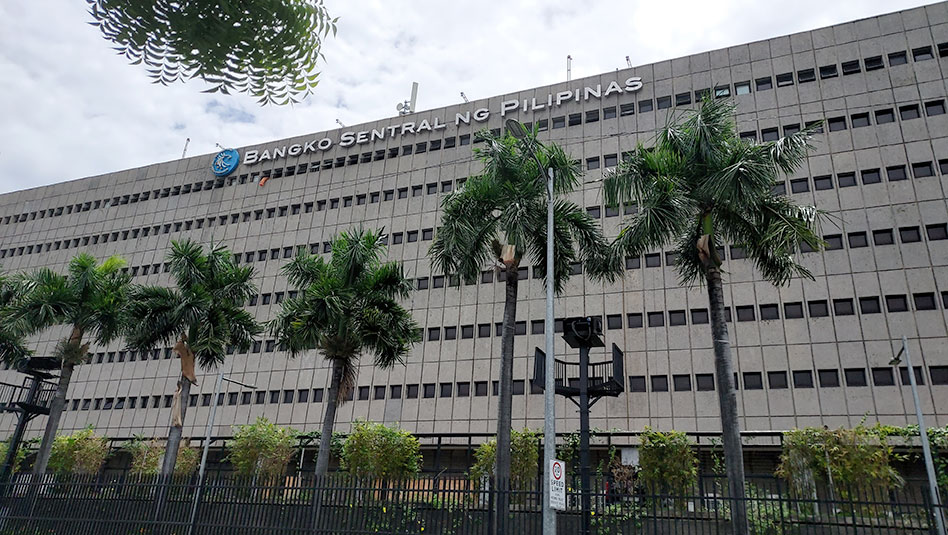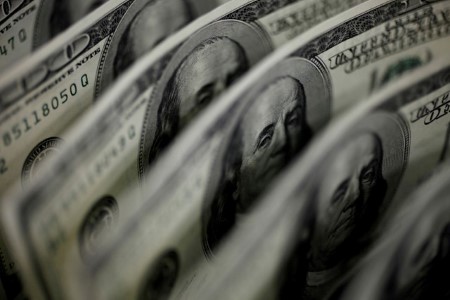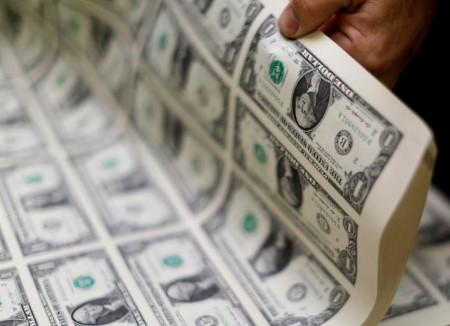SINGAPORE, April 26 (Reuters) – US stock futures bounced as buybacks and earnings beats boosted tech giants in after-hours trade, and helped the mood in Hong Kong on Wednesday, however banking nerves kept bonds well bid and the dollar supported through a cautious Asia session.
Nasdaq futures were up 1.3% and S&P 500 futures ESc1 up 0.4% following better-than-expected profits at Microsoft MSFT.O and a USD 70 billion stock buyback at Google parent Alphabet. Both stocks rose after the bell.
Facebook parent Meta Platforms reports later in the day, with US markets on edge over softening US. data and fresh regional bank jitters.
MSCI’s broadest index of Asia-Pacific shares outside Japan touched a one-month low before recovering slightly to trade 0.3% higher in the afternoon.
European futures were last 0.6% lower.
On Tuesday, First Republic Bank shares were sold to a record low after the bank disclosed a USD 100 billion plunge in deposits.
The Wall Street Journal’s “Fed whisperer” Nick Timiraos also wrote an article titled “Why the banking mess isn’t over”, including comments from former Dallas Fed President Robert Kaplan saying bank issues have a long way to run.
The S&P 500 and Nasdaq both fell heavily while bonds rallied sharply and interest rate futures markets priced in a higher chance of Fed cuts later in the year.
The US dollar rose broadly against most majors, save for the safe-haven yen, and in bond and currency markets the moves haves stuck.
“Clearly, the fear factor drove dollar gains,” said analysts at Mizuho.
“The fear of contagion and the repeated mantra of isolated incidents has inevitably led to ‘shy’ and yield seeking deposits seeking to bank with the US Treasury,” they said, referring to the broad rally in bonds.
Two-year Treasury yields dropped 18.7 basis points on Tuesday and were steady at 3.9365% in Asia. Ten-year yields fell nearly 12 bps, their sharpest drop in more than a month. Yields fall when bond prices rise.
Elsewhere the mood was jittery. Investors brushed off a record loss at South Korean chipmaker SK Hynix as it forecast improving market conditions. The Hang Seng tech index .HSTECH swung from small losses to a 2% gain.
Australian inflation eased from 33-year highs, nudging the Aussie dollar to a six-week low at USD 0.6603 and firming up market wagers that the central bank will keep rates on hold at its meeting next week.
The euro was last at USD 1.0987. Gold was pinned just below USD 2,000 an ounce.
Brent crude futures hovered at USD 81.35 a barrel having dropped almost 4% overnight with the risk-averse mood.
(Editing by Sam Holmes)







 DOWNLOAD
DOWNLOAD











